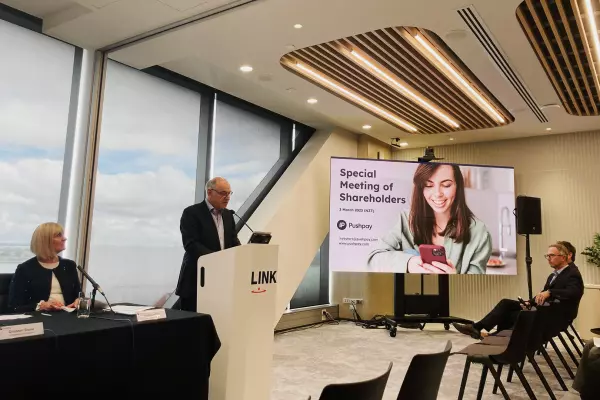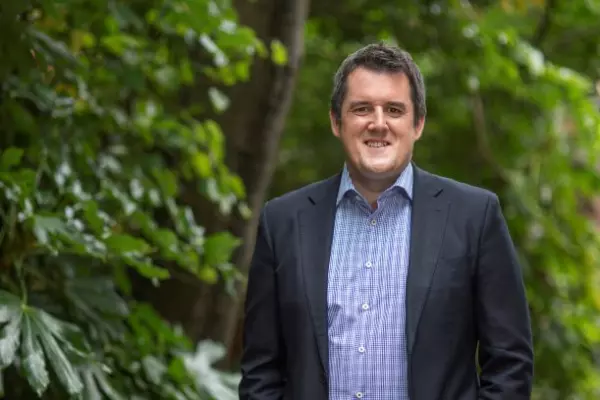Communication vital for construction operations under level 3

Directors of two Australian construction firms say increased communication and paying attention to small operational changes are key to operating under alert level 3.
The New Zealand government today released guidelines for which sectors will be able to open up under level 3 if the country moves from the current national lockdown next week.
Prime Minister Jacinda Ardern has previously told businesses to begin planning how to operate with social distancing and contact tracing in preparation for an alert level downgrade.
Australia has been operating under a partial lockdown, similar to what level 3 may look like, for the past three weeks.
Engineering consultancy Tonkin + Taylor operates two businesses out of Melbourne - Tonkin + Taylor Australia and Chadwick Geotechnics - which have been continuing to work on-site, in the field and in labs with physical distancing measures and other restrictions in place.
Managing directors of both businesses said strong communication had been key to working under the restrictions.
Tim Chadwick, managing director of Chadwick Geotechnics, said his firm needed to ramp up its communications both internally with staff and externally with clients and suppliers to meet the rapid pace of change.
“Communication is everything,” he said. “Because in the first week or so every day throws up a new challenge.”
It was the small details that required the most attention, Chadwick said.
To keep things running smoothly, measures such as sending workers on-site in separate vehicles, ensuring strict social distancing and hygiene standards are maintained became extremely important.
“You are only one or two cases from having a significant impact, such as having to shut a facility down, clean it and start from scratch,” he said.
Nicole Neal, managing director of Tonkin + Taylor Australia, said it is vital to keep communications lines open as every detail requires tweaking to meet restrictions.
For example, while most office staff are working from home, some access to office premises meant a raft of measures to keep that environment safe were implemented.
These range from ensuring staff don’t take lunch breaks together and setting limits on how many people can be in each room at a time.
“One of the interesting challenges is the social side of things, people are missing that interaction,” Neal said.
While business conversations kept flowing, social conversations are stunted by distancing rules.
“We are putting a lot of effort into making sure morale is still good. There is lots of checking up in place of those watercooler conversations or having lunches together,” she said.
Chadwick said the first week of new restrictions brought a lot of trepidation as all the detailed changes were established, but a new normal quickly formed and productivity hasn’t taken a noticeable nosedive.
“Some things have impacted on our ability to be efficient, but some things have probably made us a little more efficient”
Neal said the reassessment of all day-to-day processes had been useful in finding new ways to improve efficiency.
“There will be some things coming out of this that we will continue using — there are some really positive business improvements.”
Comments













